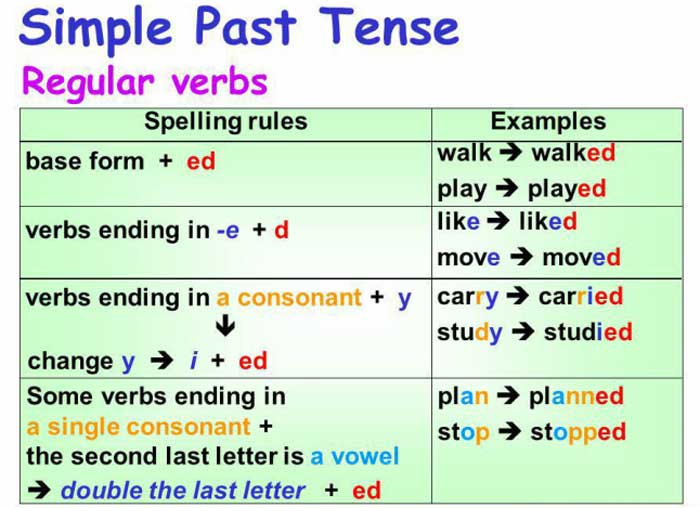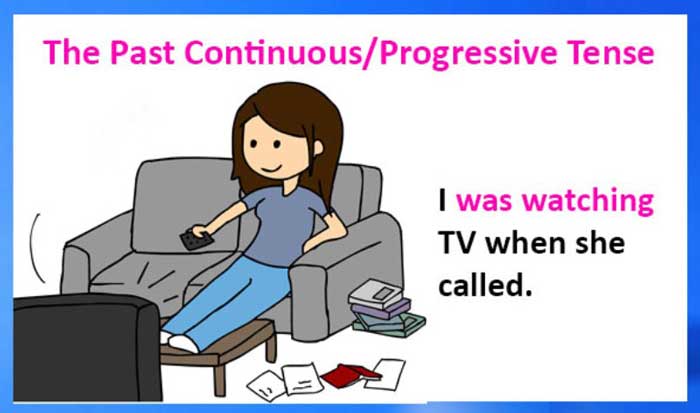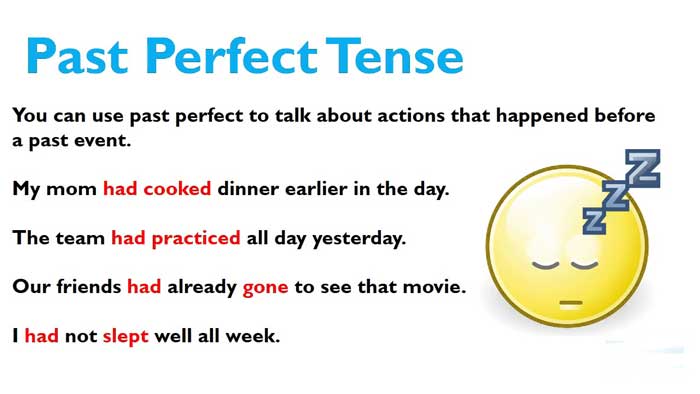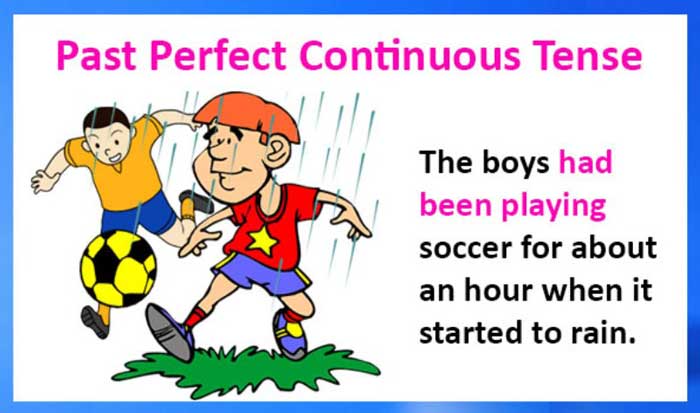
The Past Tense is used to denote any action or event completed in the past. The time of occurrence of the action or the event can be in the recent or the distant past and the duration of the action or the event is not important. The Past Tense of regular verbs is formed by adding ‘-d’ or ‘-ed’ to the base form of the verb, while those of irregular verbs are formed in various ways (such as, see>saw, go>went, be>was/were, know>knew, think>thought, understand>understood.). With regular and some irregular verbs, the Past Tense form also serves as a Past Participle.
In Modern English, the Past Simple or Past Indefinite Tense is the basic form of the Past Tense and is mainly used to describe events in the past, although it also has some other uses. Examples - Suddenly he jumped in the lake in joy. / Ajoy finished his job before the scheduled time. / She thoroughly enjoyed the magic show. / The ship sailed yesterday.

The Past Simple Tense, otherwise known as Past Indefinite Tense can be used for a single or a series of actions completed in the past. Examples – He went to Bombay two weeks ago. / I woke up, took my shower, got dressed and attended the breakfast table.
It can also be used for habits in the past. Examples of the Past Simple Tense – I played Cricket when I was younger. / She always did her homework on time when she was a student. / He always carried a bag.

The Past Continuous describes actions or events which began in the past and is still continuing at the time of reporting. In other words, it expresses past actions having an on-going nature. The past continuous tense is formed by combining the past tense of the verb ‘to be’ (was/were) plus the base of the main verb ending with ‘-ing’. In short, it can be formulated as: Subject + was/were + continuous form of the verb ending in –ing. Examples – He was waiting for the bus when the accident happened. / The Sun was shining brightly when she arrived. / While we were playing football, it started to rain.
The Past Continuous is used to describe an action or event that was happening continuously in the past and was interrupted by another event or action. Examples – I was having dinner when suddenly the alarm clock started to ring. / I was listening to music, so I could not hear your call.
The Past Continuous is also used to describe the background of a story written in the past tense. Examples: The other animals were relaxing in the shade of the trees, but the elephant moved very quickly. / The car was proceeding slowly, when the tiger suddenly came out of the jungle.

The Past Perfect Tense refers to an action that was ‘perfected’ or performed or completed in the past, before something else happened. In other words, it indicates that one action or event happened before another in the past. If two actions took place in the past, it is necessary to indicate, which action happened earlier than the other.
This tense is formed by the past tense form of verb ‘to be’ (had) plus the past participle of the main verb, which can be either regular or irregular. Examples – We were relieved to know that Debamitra stood first in the class. / The plane had left by the time I got to the airport. / He had established his business before 1998. / I had saved my important documents before the computer crashed. / When he reached the station, the train had started.
Past perfect tense can be used, if the word ‘just’ is added in a sentence, since this makes it clear that the related action or event took place only a short time ago. Examples – She had just left the school when her mother arrived. / He had just gone outside when it started to rain
It can also be used to indicate that a particular action or event happened before a specific time in the past. Example – I had fallen asleep before ten o'clock. / They had never played tennis until last week.

The Past Perfect Continuous Tense is also known as the Past Perfect Progressive Tense. It is used to indicate an action or event that started in the past, continued up until another time in the past. The main criterion of the tense is, there will always a time reference like, since Wednesday, since last January, for ten months etc.
The Past Perfect Continuous Tense is formed by using ‘had been’ + the present participle of the verb ending with ‘-ing’. Examples – He had been working in the same office when I got the promotion. / It had been raining for the last two hours and the roads were water logged. / I had been learning French in this Institution since 2014.
The Past Perfect Continuous Tense is used in reported speech. Example – When questioned by the Police, he told them that he had been sleeping during those hours on that particular night.